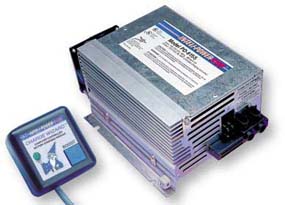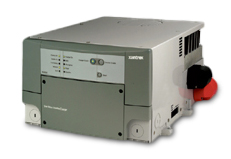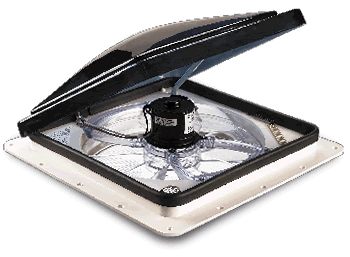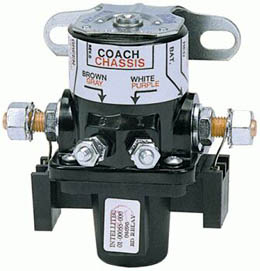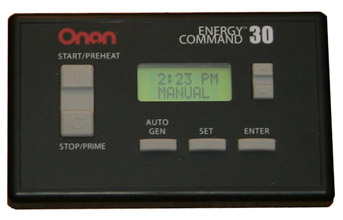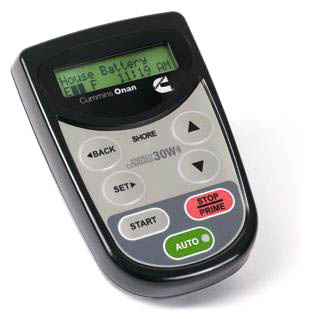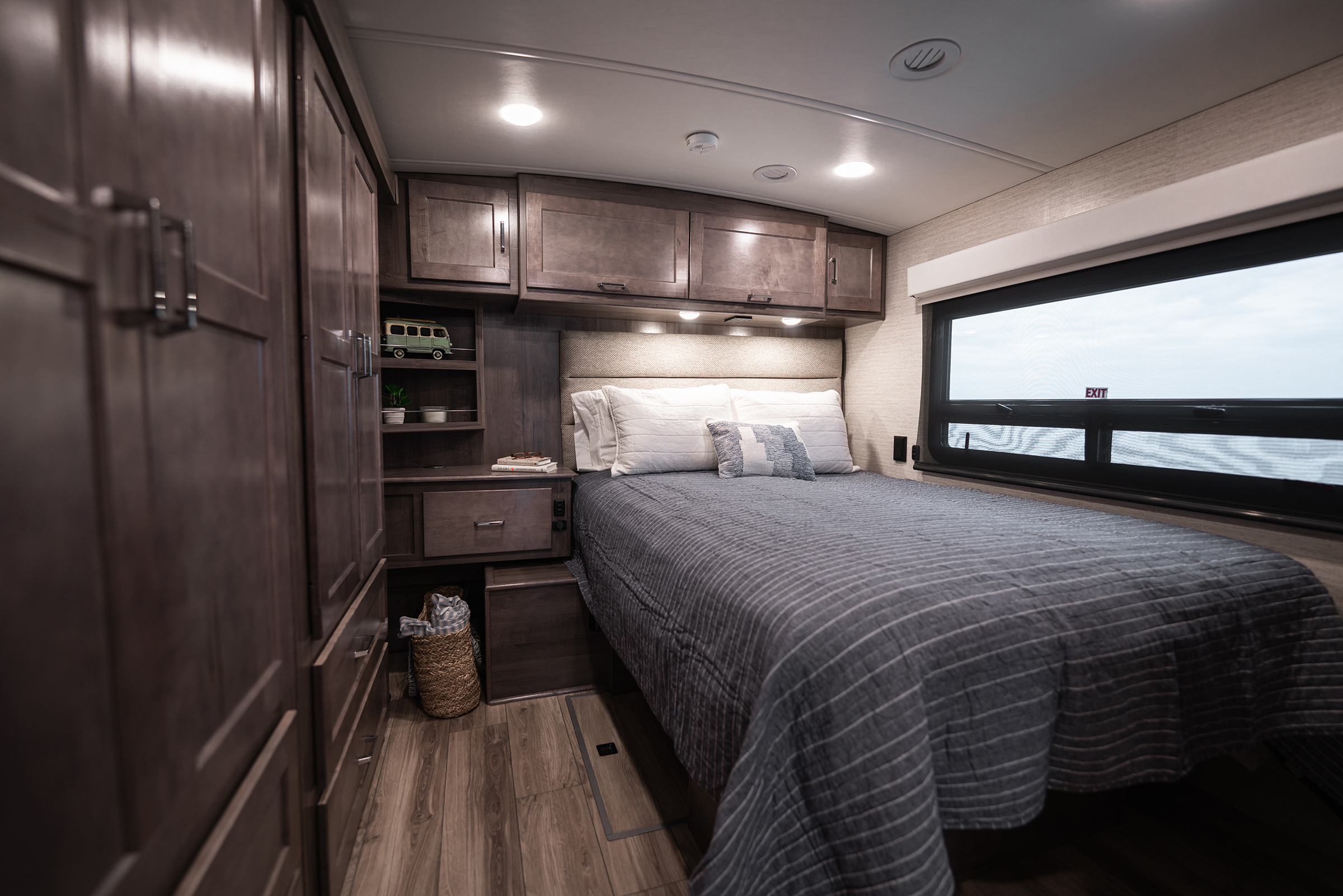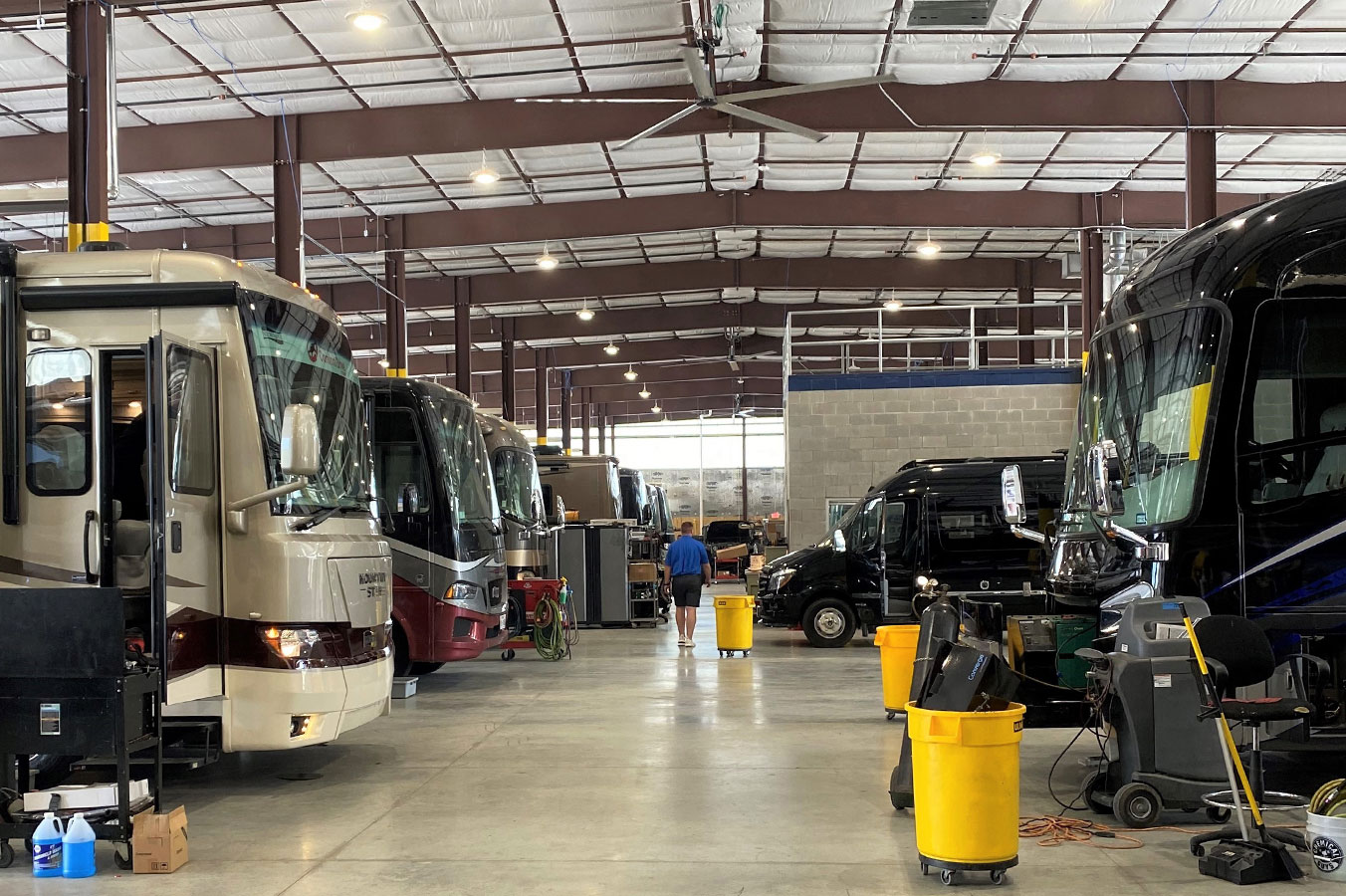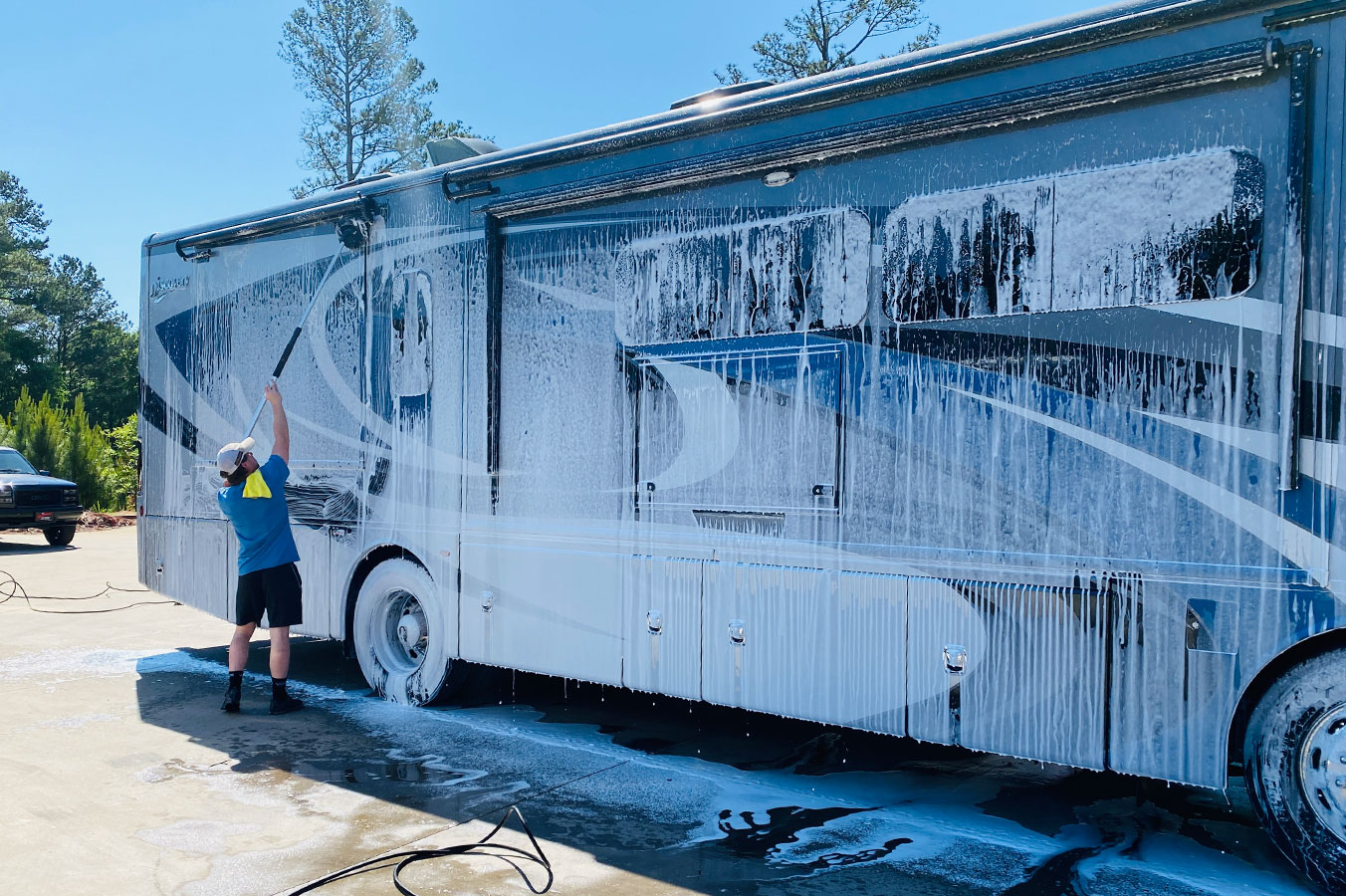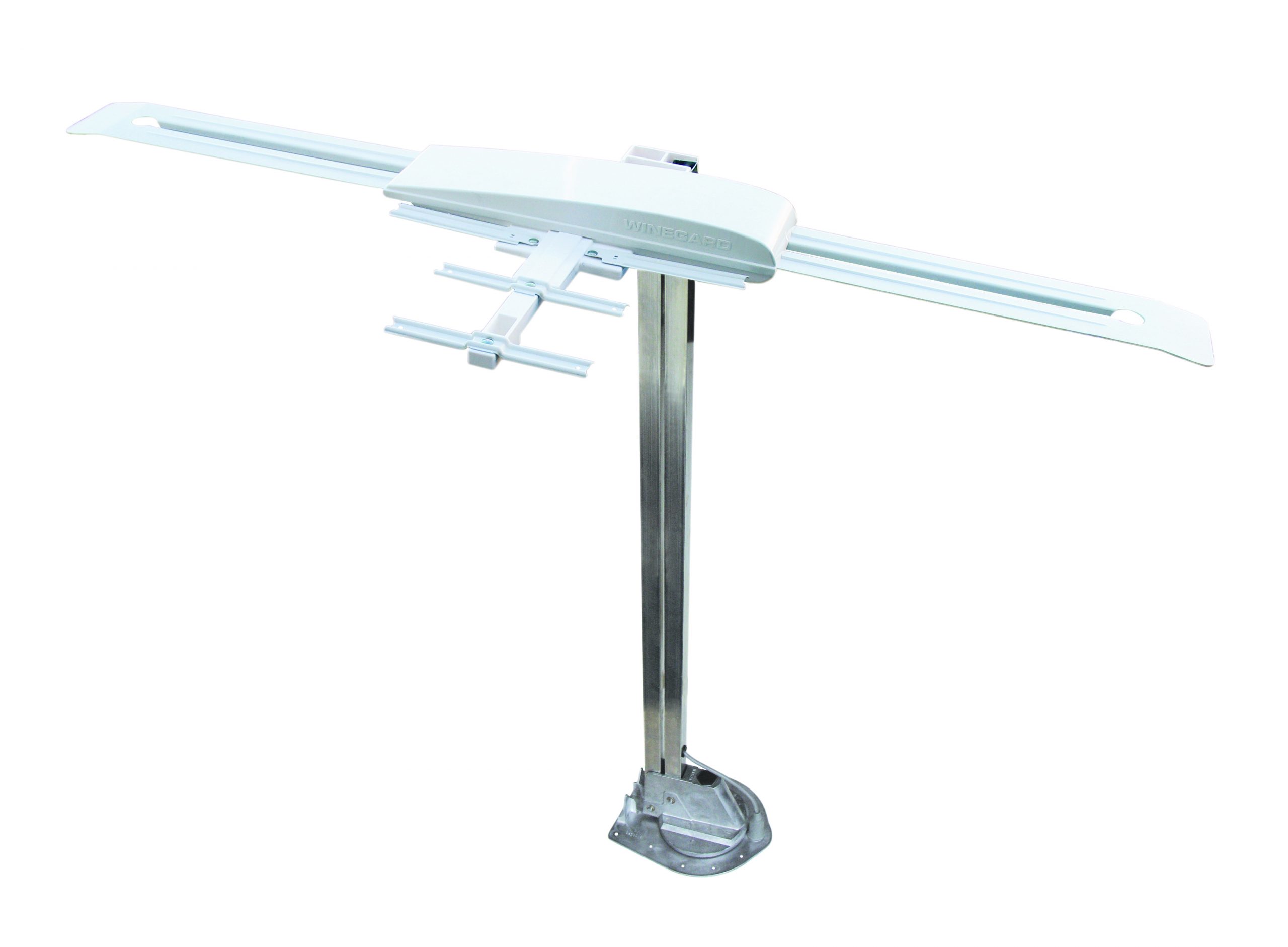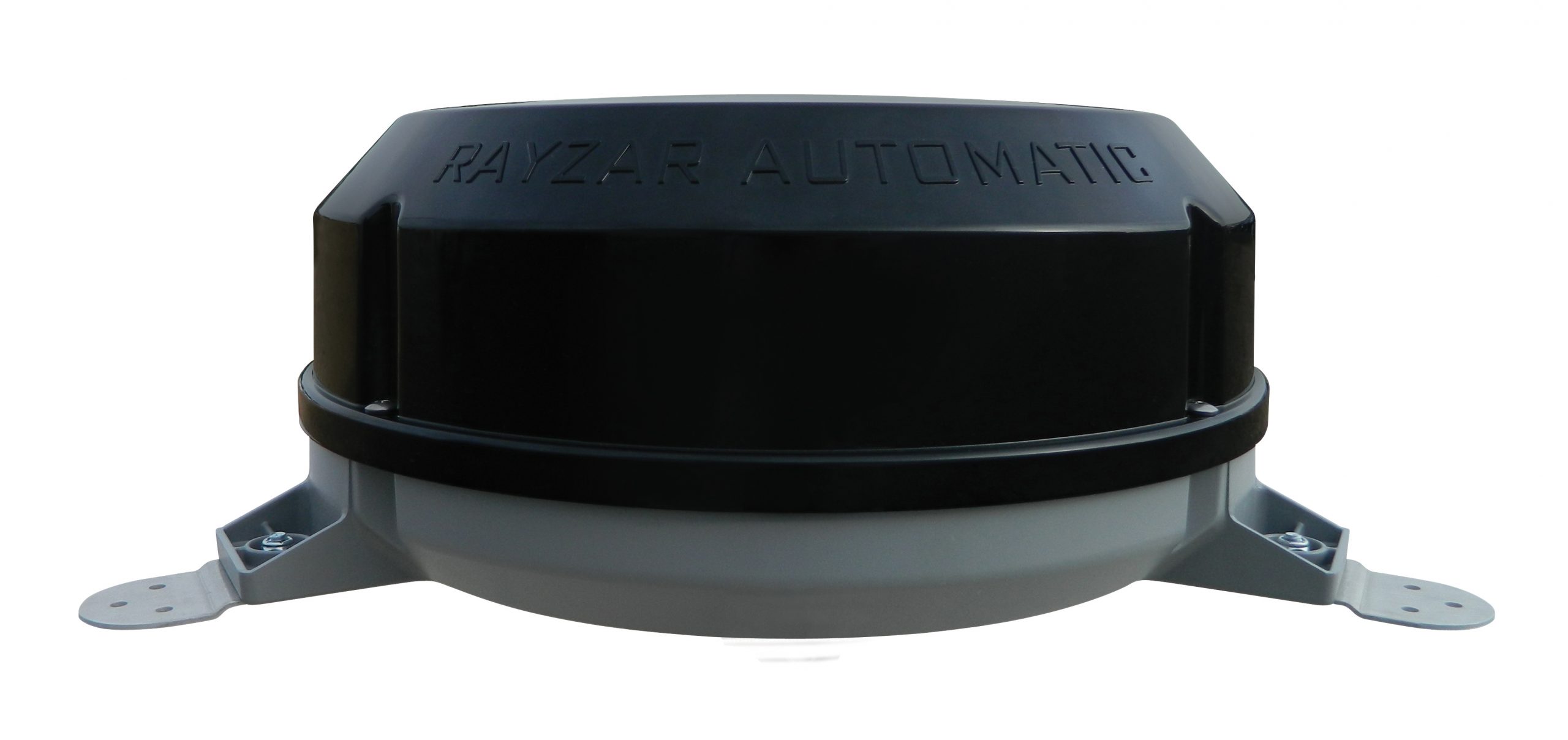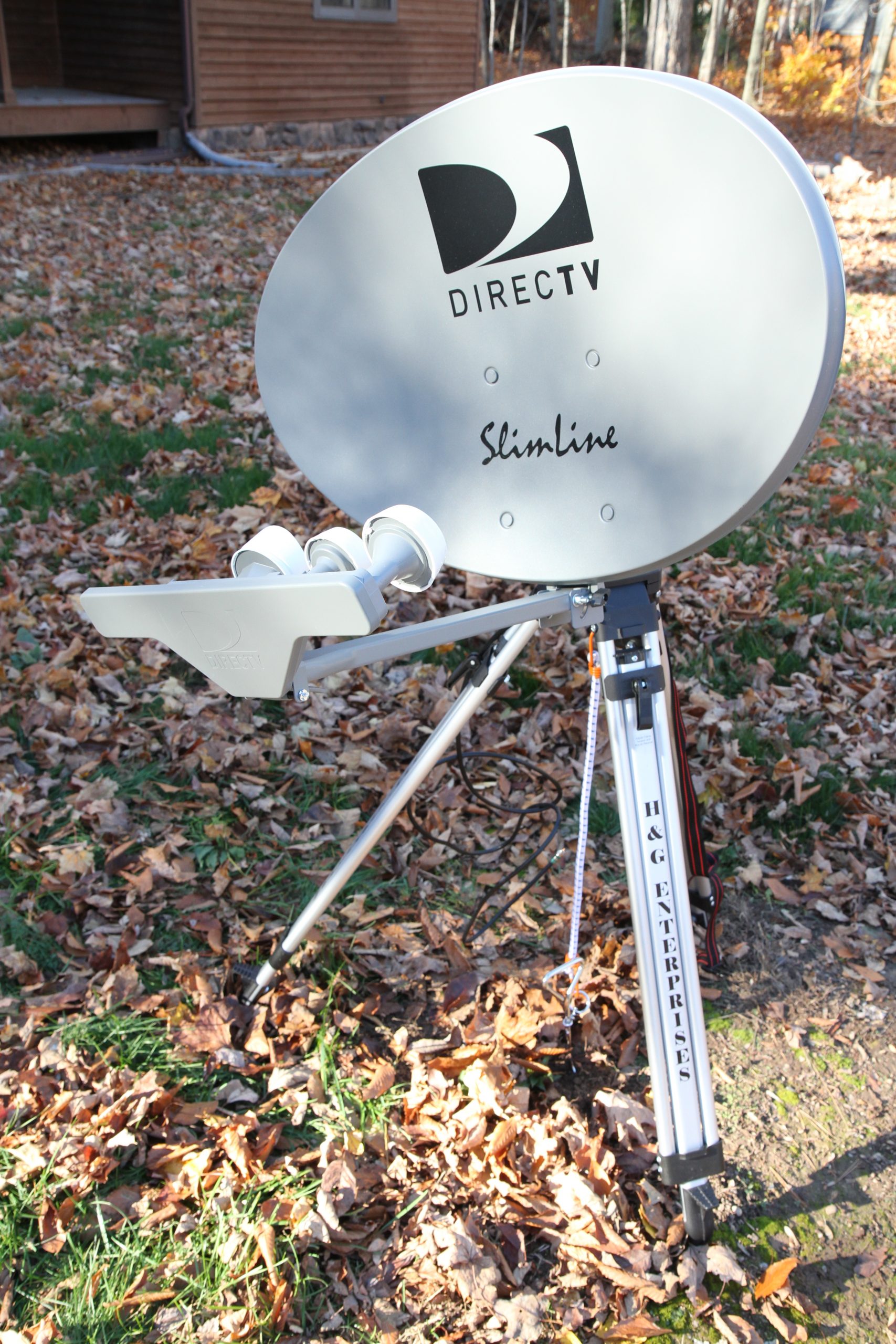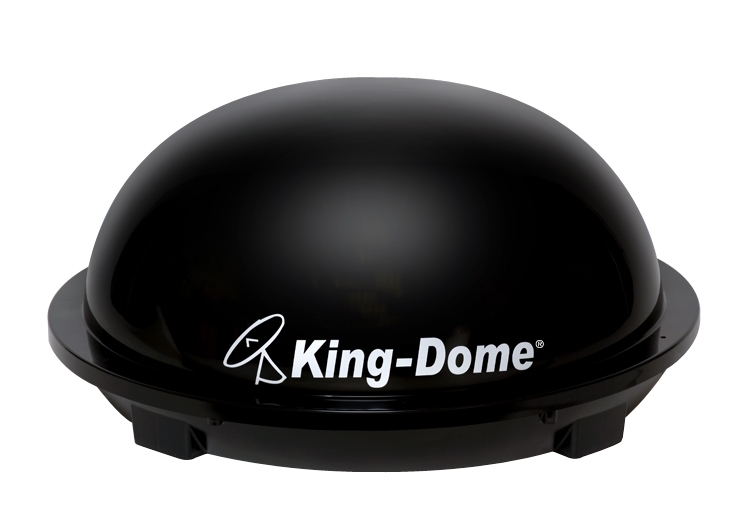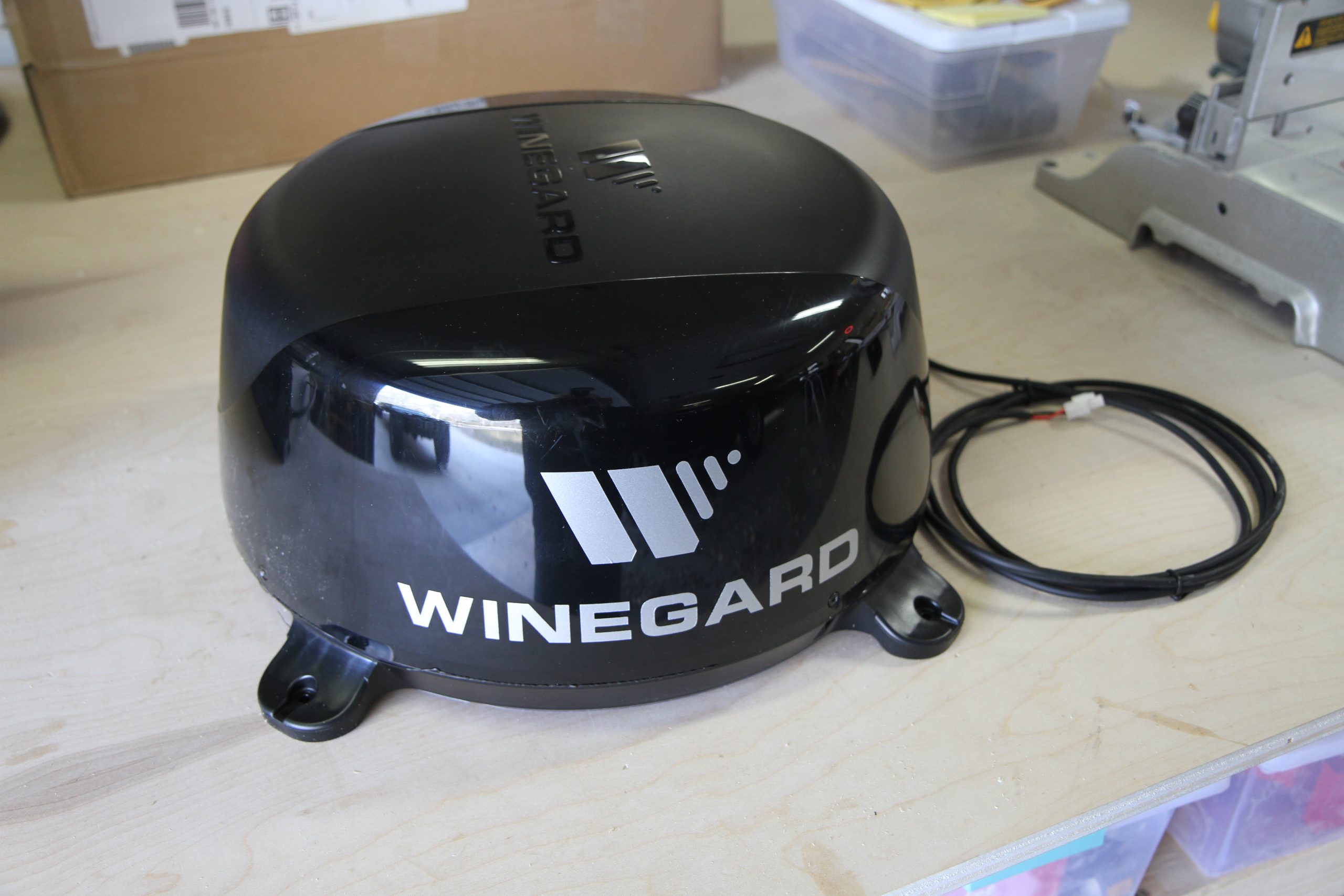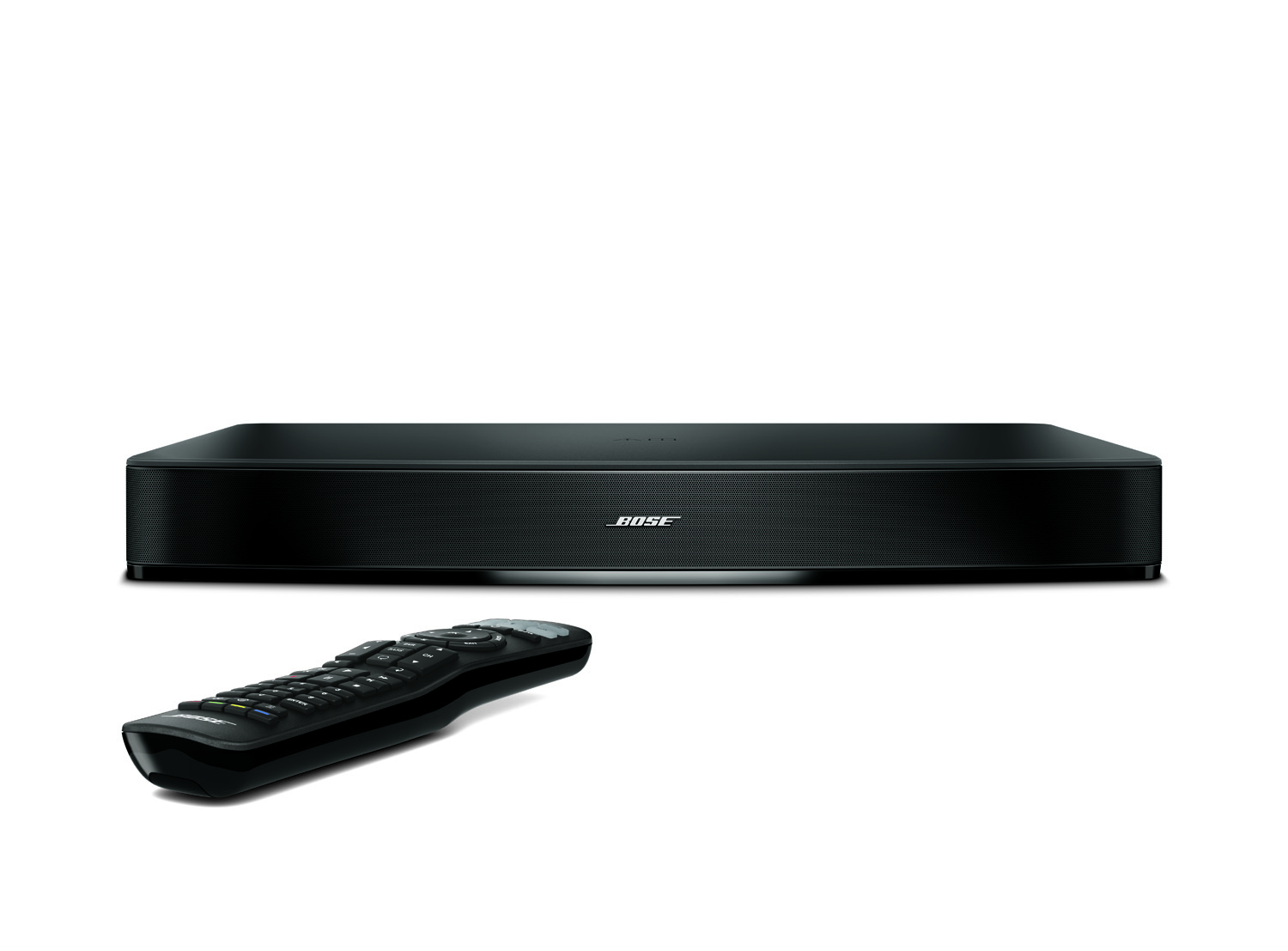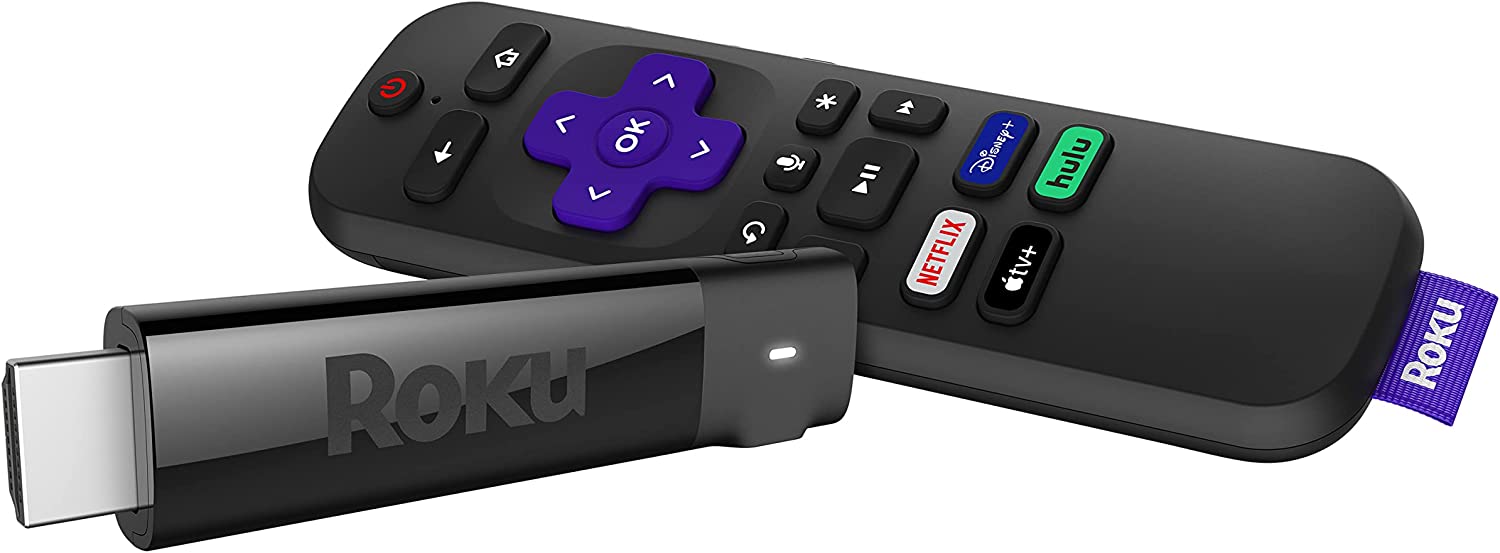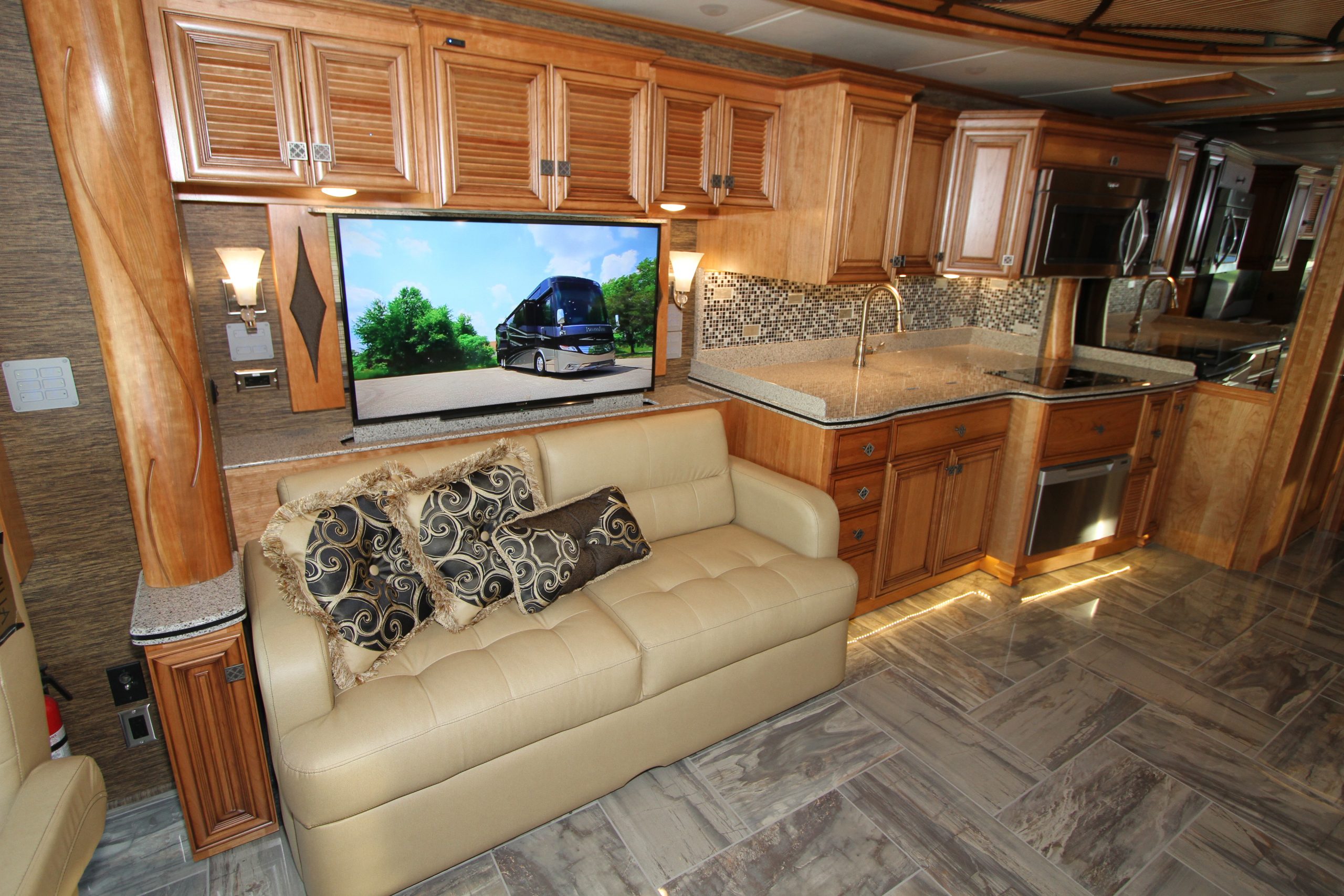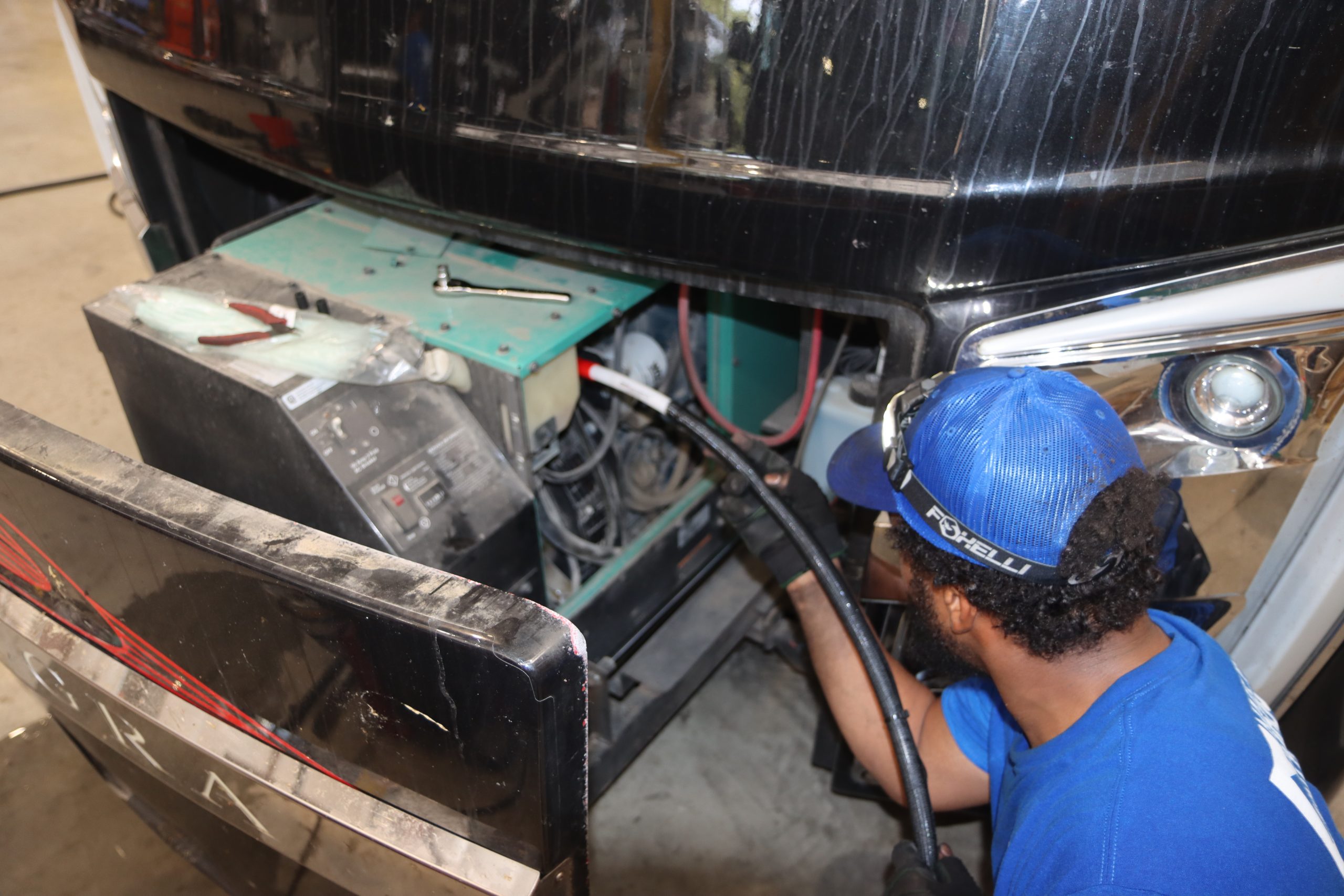Transcript from the Interview
David Johnson:
The recreational vehicle businesses, is-it’s an interesting business. They’re all classes of recreational vehicles. On the one hand, they’re are the ones that you’re on Brett, to go see the Grand Canyon, and then there’s the ones that Dolly Parton drives around in. Brett Davis is the Founder, President and CEO of National Indoor RV Centers. And he handles all of them. He buys them, he sells them, he repairs them, he shelters them, and he joins us right now. It’s good to have you with us.
Brett Davis:
Thank you, David. Great to be here.
David:
Yeah, the more I get into your business, it really is a very business. I mean, it goes all the way for these little, little Winnebagos, I guess, to these gigantic coaches, that must cost a million dollars apiece.
Brett:
That’s correct, for us. It’s, our lowest is probably somewhere in the mid 60s. And it goes all the way to a million and a half.
David:
Wow. Your business is, I would guess that it got a real boost, or the RV business in general, must have gotten a real boost during COVID.
Brett:
It certainly did. I mean, the industry peaked last March or April let’s say, and from trough to peak, it’s a 48% increase, the largest increase in the history of the industry, and now we’re starting to retrace some of that.
David:
Which is, I mean it’s sort of a cyclical business anyway.
Brett:
Yes it is.
David:
But let’s talk about National Indoor RV Centers. Because I guess one of the things is, it’s appealing to buy one of these, especially retirees, and empty nesters, but when you take it home, I mean, it’s not the kind of thing you could park in the driveway, and certainly not on the street?
Brett:
No, no. Storage is one issue. And I would say as important or more important than the name on the side of the coach, is the dealer you purchased it from for after the sale service. Remember, this is a house that’s bouncing down the road in earthquake conditions, and gale force winds, and there are always repairs. And it takes a lot of fun out of it if it takes you eight, nine months to get into a service and…
David:
What is it? Is it kind of like buying a boat?
Brett:
Very much, not quite as expensive as a boat. Gas mileage is a little better. But yes, everything else is similar.
David:
But that’s part of the cyclicality too, as I think about it as gasoline prices, and in particular, I would guess a lot of these run on diesel,
Brett:
Correct.
David:
and fuel prices went up, and diesel went up along with it. Never seem to come back down again. Did that cut into the market?
Brett:
No, I seen that a few times and it just never does. But the average coach on rural drive on coach is 9,000 miles a year. If you go back on what you have done and you look at the lowest cost of diesel in the last 15 years and the highest cost, and do the math. The delta there is only $4,300 a year, with an average sales price of $423,000, the $4,300 a year swing in fuel doesn’t make or break that decision by any means.
David:
Right I mean if you can afford that then you can probably afford the fuel bill. What about EVs? If Elon Musk can put out a semi truck trailer, that truck and trailer that runs on electricity, I would guess you could do the same thing with an RV, is anybody working on that?
Brett:
Not that I’m aware of, and I’ll confess right up front I drive a Tesla, so I am an EV user, it follows my footprint out with a Class A diesel coach I guess you’d say. But, no, that will be interesting to see because the amount of storage that would be required for a battery, to run not only the chassis, but the entire house. It’ll be interesting to see what kind of space is left over to store as you travel the country.
David:
So tell me about the market for these vehicles right now, is this as I said, is it sort of empty nesters, retirees?
Brett:
Our customers are across the board. We have those that have saved their lifetime, this is how they were going to retire, they were going to turn the country into their backyard. We have others who buy them for tailgating, going to NASCAR, going to see grandma on the weekends. It really is across the board. The most interesting thing I find though is, right now 38% of our sales are the first time full time buyers. Now that I have found very interesting.
David:
First time I understand. Full-time buyers, what do you mean?
Brett:
They’re buying their first coach, and they’re buying it to live in full-time.
David:
Really?!
Brett:
Yes. They work from the road.
David:
That’s fascinating. So tell me about the growth of the business. So you’re based in Lewisville. But I know you and I are speaking today, we are in Las Vegas. Now you’ve got operations, you’re Nashville, and in Washington DC. What’s the rationale for the locations you pick?
Brett:
Yes, we have facilities in Las Vegas, Phoenix, Dallas, Nashville, Atlanta, and DC, Virginia. And we’re continuing to build what I call a network of service centers in the travel patterns of coach owners. That’s really what we’re building out, that National Indoor RV Centers.
David:
So the idea is that you can, I guess you want to store and have maintenance on your coach somewhere close to where you live. So you got to be near population centers?
Brett:
Well, when it comes to storage 91% of our customers that store with us come from within a 20 mile radius, 93% of them are 10 years old and newer and above 30,000 pounds. So we use that criteria for our demographics of where to put our facilities, or storage. When it comes to service, you know, you need service. You buy these things, to travel in, to turn the country into your backyard. And I have never been fortunate enough to break down in my own backyard. So you need service pretty much everywhere you go. And the objective is to build out a network where no one is more than 500 miles from us. The roadside assistance companies all tow unlimited, up to 500 miles. That’s the rationale there, and they tow into us, or people limp into us every day.
David:
So do you buy existing units and convert them to ownership? Or are you building from the ground up?
Brett:
As far as our facilities?
David:
Right.
Brett:
Well, we’ve built from the ground up, we’ve only been fortunate enough to buy an existing building that fit our requirements one time. There’s a lot that goes into these, that we have to build from the ground up.
David:
So you got to have massive, I mean some of these, million dollar, million and a half dollar units are just gigantic. Your facilities must be enormous.
Brett:
Well, they are by law. There is no coach over 45 feet in length, which is what most of these classes are. And at all of our facilities, the one I’m out here in Vegas stores 400 indoors. Four of the facilities are between 350 to 360. Then our Phoenix facility with the addition that will be completed in April, that facility will house 900 units under roof.
David:
Woah. And you know what you’re talking about. You’ve been an RV owner for a good while, right?
Brett:
Yeah, so I purchased my first coach in 1985.
David:
Wow. Did you live? Did you live in it? Do you live in yours?
Brett:
I sold the house in 2013, and I’ve lived full-time in my coach since 2013.
David:
Where do you park it? To live in I mean, if you’re in, you know, in Lewisville, in the Dallas area, do you have, do you go to one of your facilities?
Brett:
Our first three facilities, I used to drive amongst them but now at six facilities, and travel demands, now I pretty much live on Southwest air. So when I’m in town, my coach is parked in the back corner of our lot, that is my home, and where all my belongings are.
David:
And that’s where the mail, Do you get mail delivery there?
Brett:
I do. I do.
David:
Sounds like a fun life to me. You know, I guess if it’s good enough for Dolly Parton, it’s good enough for me. Brett Davis is the founder, President, and CEO of National Indoor RV Centers. It’s good to spend some time with you, sir. Thank you very much.
Brett:
Thank you, David. I appreciate it.
David:
Thanks a lot. For more of our conversation, go to krld.com/ceo. I’m David Johnson, NewsRadio 1080 KRLD.


